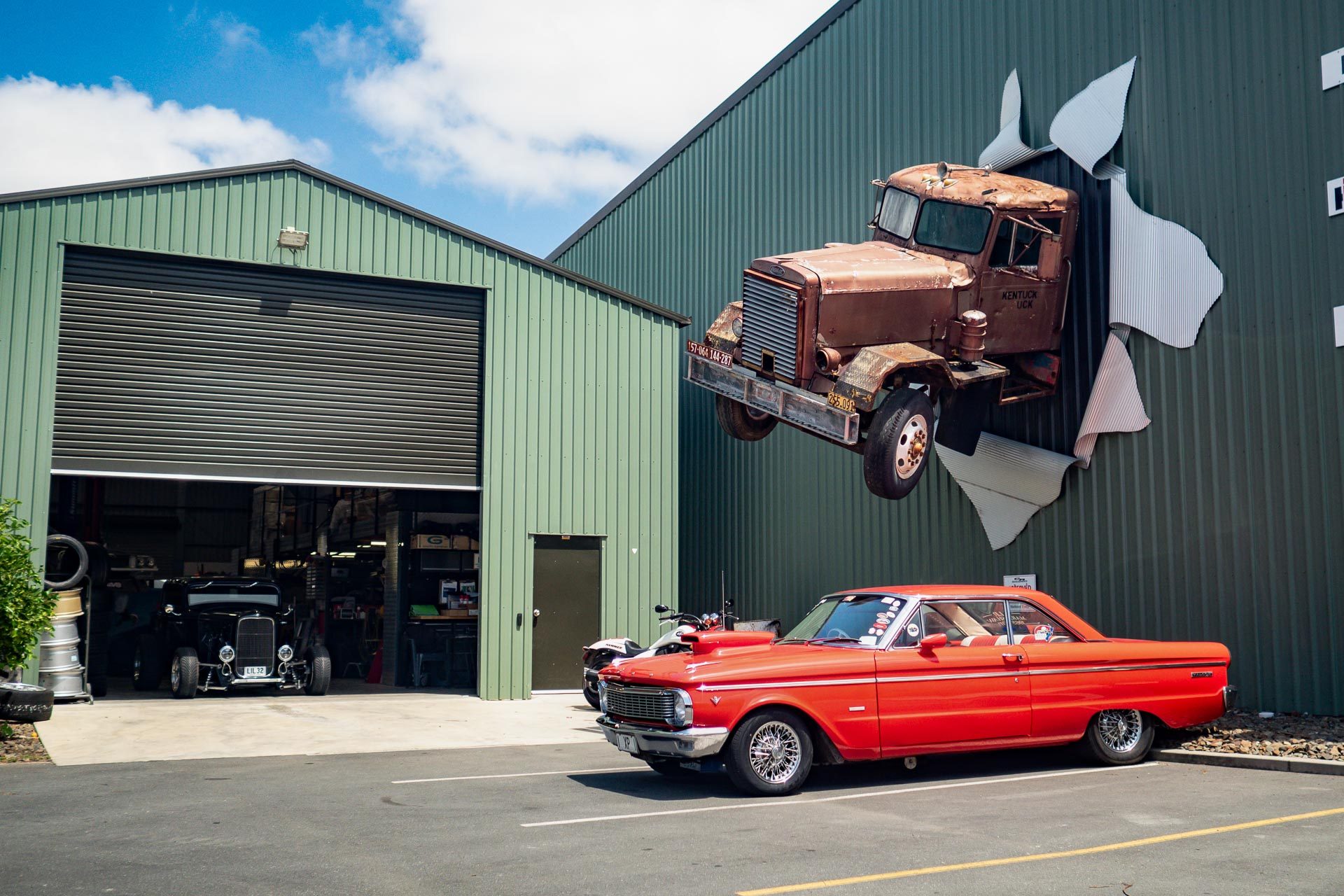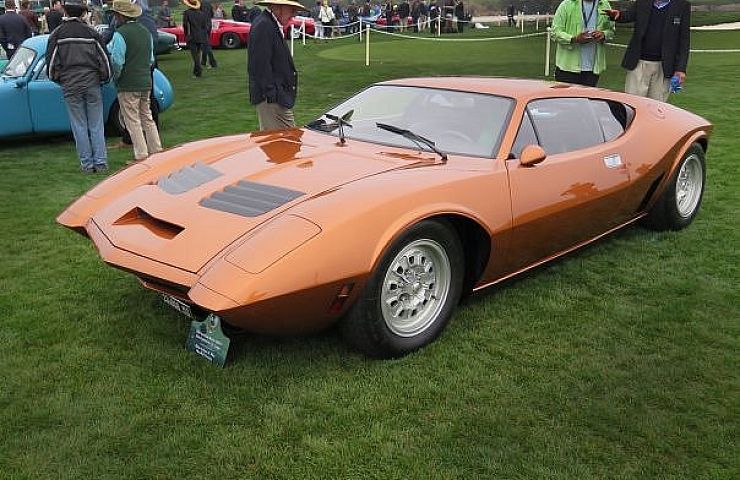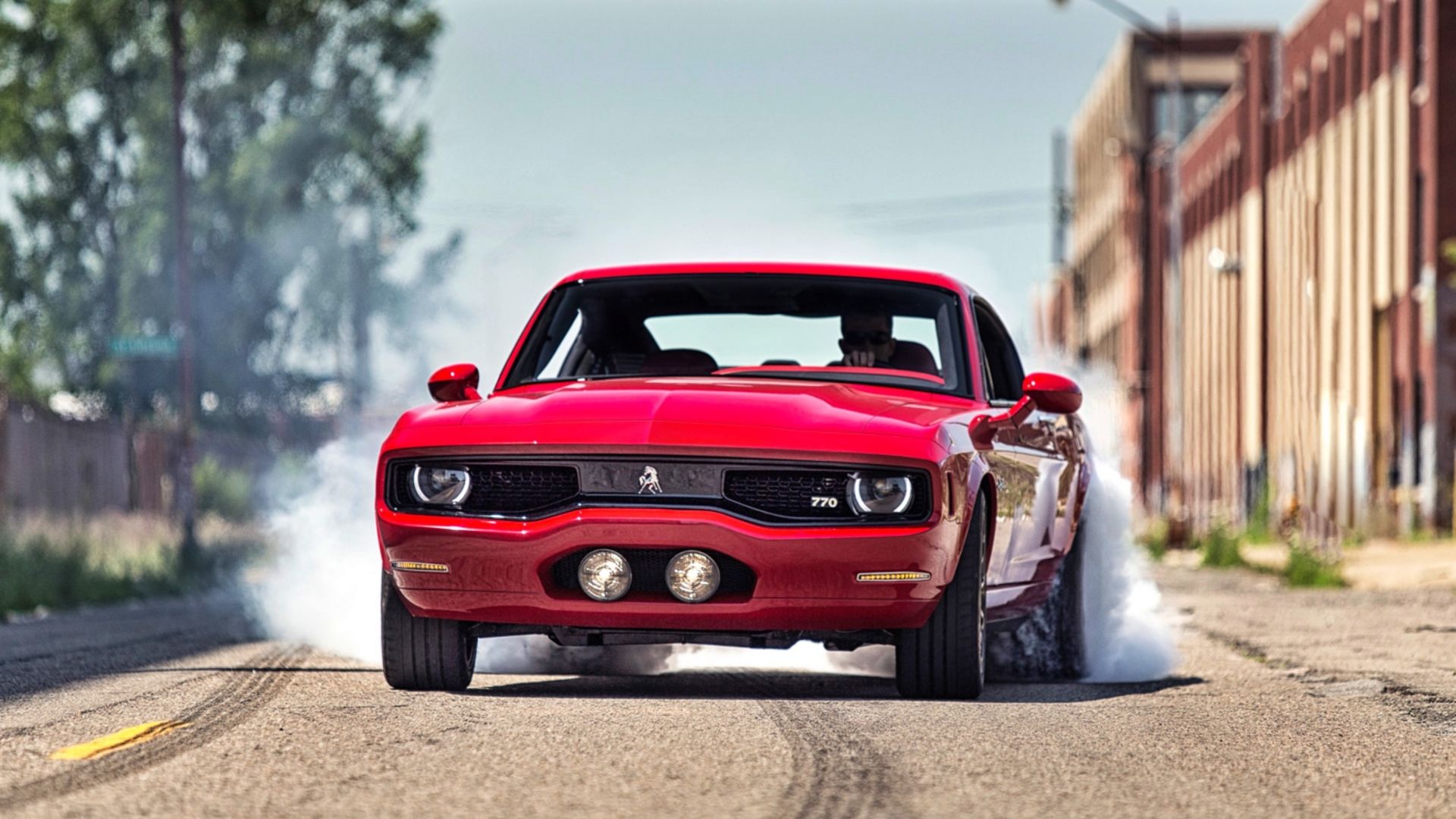After listening to years of customer complaints about their inability to cope with poor Gold Wing performance symptoms and the ruthless exploitation by many repair shops back in the Eighties, we were compelled to study the problem. In 1990, a solution was presented in writing that was handed out to my customers without any obligation on the part of the reader to buy anything. We received hundreds of thank yous from customers and those who never purchased parts from us but took time to write. Those who made the replacement based on our solution and tuned up their engines, eliminated a whole series of problems, including the burning out of head gaskets and, over the years, we received many declarations of greatly improved gas mileage and overall performance.
AIR CUT-OFF VALVE
The Air Cut-Off Valve is an extremely important part of the fuel / air intake system that is frequently missed even by competent mechanics, most of whom are not even aware of its existence or how it functions. Over time, air cutoff valves will harden up, perforate and/or disintegrate leaving your motorcycle in a permanently lean, low RPM range (0-2200).
Most early model Honda, Kawasaki, Suzuki and Yamaha motorcycles use air cut-off valves. Every Honda CB650, CB750, CB900 and GL1000 has one, located in the air intake tube between the air cleaner box and the manifold. The GL1100 has four, located in the top air intake passage of each carburetor, and every GL1200 has one located in the plenum box below the air cleaner box similar to the GL1000.
These valves are “air blockers”, along with the carburetor o-rings, serving to restrict air flow, increasing the fuel-air mixture ratio when the carb slides are in the lower RPM range, up to closed so that the machine will start and idle smoothly with virtually no choking and accelerate rapidly, with no stumble or hesitation.
When typical starting requires heavy and prolonged choking to keep the bike running, when stalling and hesitation occurs even while “warmed up” and when backfiring pops while the throttle is shut off while cruising, most people will start fooling with the air screws to try to overcome the problem, only making it worse along with reducing their gas mileage.
Running with dysfunctional air cut-off valves can cause severe engine damage or failure. When the valves are dysfunctional, the engine pulls nearly total air into the low RPM range through the carbs and on to the combustion chamber. The fuel-air ratio is extremely poor with pre-ignition long before the normal 38 to 40 degree firing point, generating an enormous amount of heat, with no power, which is trapped a longer period of time in the cylinder before the exhaust valve opens.
This heat goes mostly up through the cylinder head, gradually incinerating the head gaskets and allowing engine coolant (antifreeze) to seep into the engine. You can easily spot when you are in trouble by a puff of bluish-white or white smoke on first starting the engine. Don’t leave it alone. Change the head gaskets immediately or you could take out your bottom end bearings, ruining the engine.
For those of you installing new exhaust systems, you will discolor your head pipes, either blue (lean state) or gold (rich state) if the signs are ignored. You an destain your pipes using Blueway or Blue-Off but be careful not to rub the chrome, just dab gently. These destaining compounds are usually found at a Harley dealer or Harley-oriented aftermarket shop.
Honda genuine pipes, like many Yamaha pipes, have a double wall for a portion of the head pipe which masks discoloration – but also masks a bad state of tune. Even if your pipes are original and still in good shape, don’t think you’re safe if your motorcycle has any or all of the dysfunctional air cut-off valve running and performing characteristics.
If your 1975 to 1987 Gold Wing is not getting 50 to 58 miles per gallon (20-23 kilometers per liter), you have one of the most obvious signs of trouble. It is likely your air screws have been backed out to try to overcome the effects of the poor running, stumbling, starting, stalling and quitting.
INSTALLATION GUIDELINES
Refer to your Clymer, Haynes or Honda Workshop manual for location and installation procedures.
Replace your air cut-off valve/s then resynchronize all four carburetors to the #3 carburetor vacuum level using a mercury carb sync tool (carb stick) or vacuum gauge synchronizer tool. The number 3 carb is the constant fixed flow carburetor set at the factory.
DO NOT attempt to set by ear or just by guessing as the results can be anywhere from pathetic to disastrous.
DO NOT deviate from the book settings of your Honda, Clymer or Haynes manual. Wiser people than all of us designed this very effective and efficient intake and carburetion system.
To further insure against any additional vacuum loss, replace your inexpensive carburetor manifold o-rings. Vacuum loss can occur there and mimic the effect of a bad air cut-off valve. Paste a new set in with vaseline and make sure they are sealed with an ether check.
© Saber Cycle®






More Stories
Are Thumpstar Pit Bikes Reliable?
Subaru Impreza – What’s Latest for 2012?
Two Brothers Racing – Evolution of a Motorcycle Exhaust Manufacturer